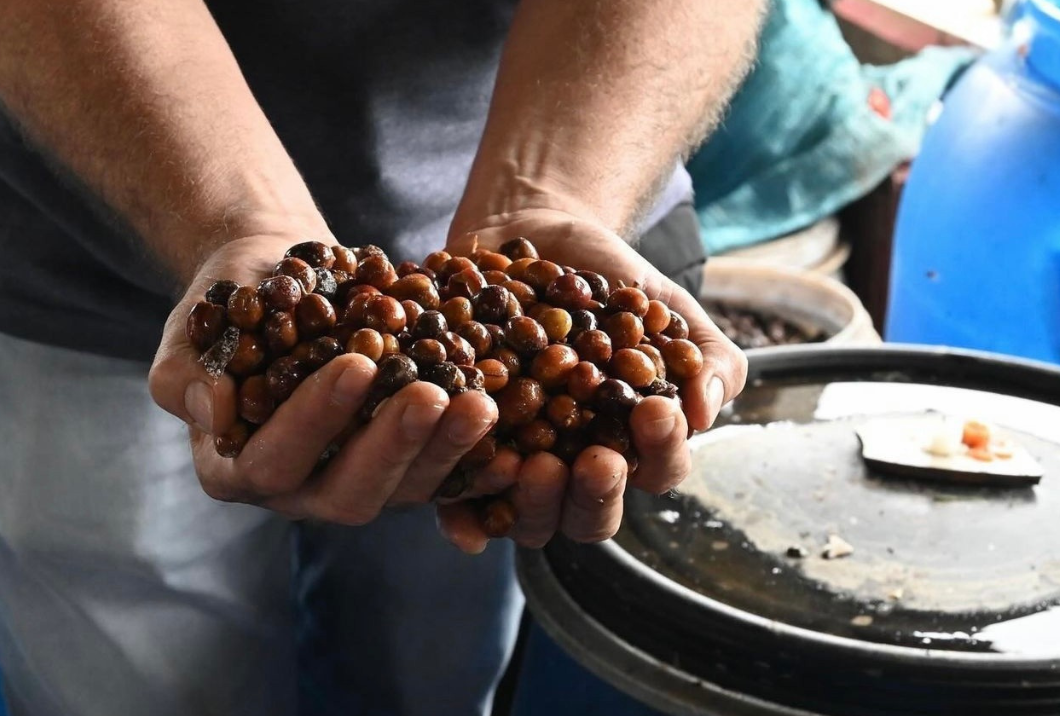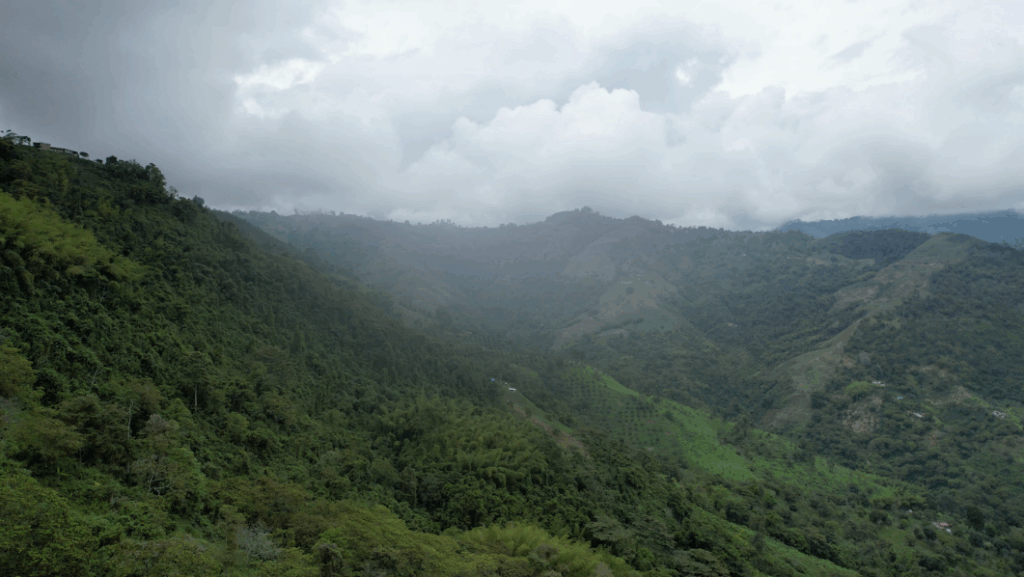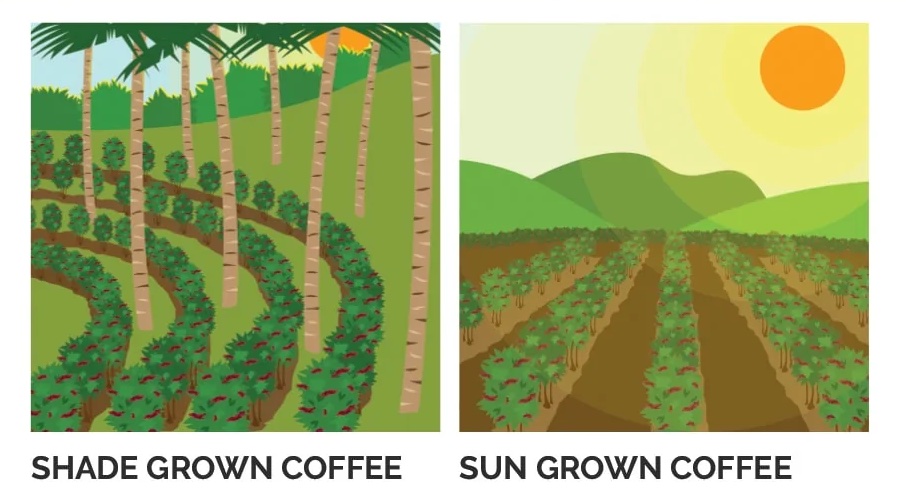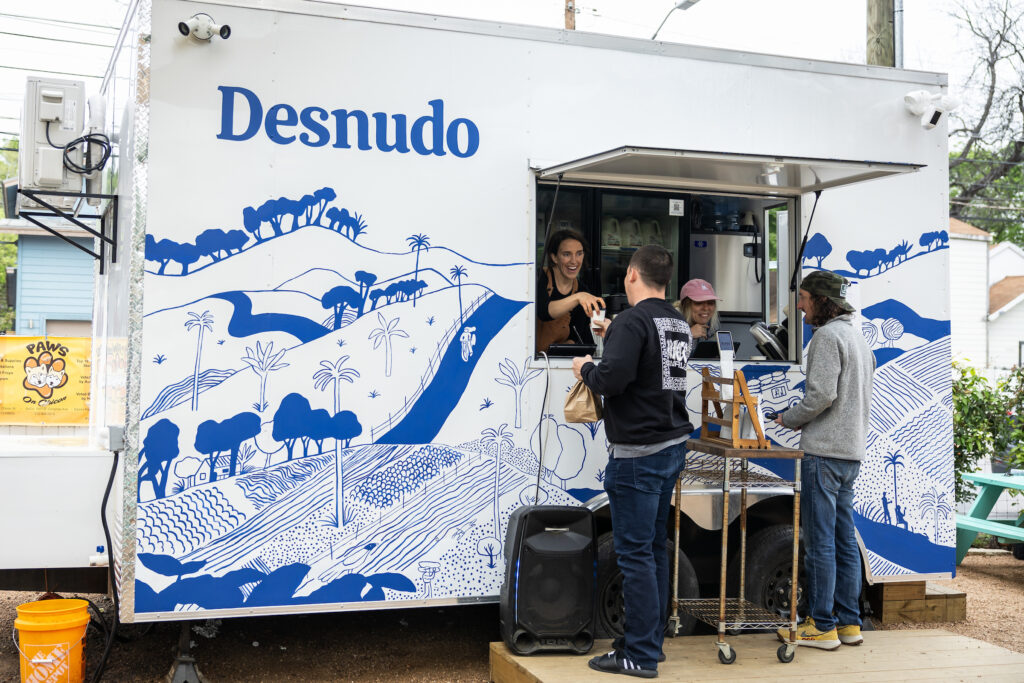The Case for Shade-Grown Coffee

A hummingbird zips past your ear. Rain from the night before drips from the roof in a gentle rhythm. You rock in a bamboo chair as steam rises from a cup of fresh-brewed coffee. That’s as close as I can get you to my mornings in Quindío, Colombia.

There, in the rolling coffee-covered hills, I woke up to a world teeming with life in a way I had never quite experienced before. The air—crisp as fresh spring water—carried the scent of damp earth and roasted beans. But beneath this beauty lay an unfolding crisis. Through a four-day workshop with SELVA (a non-profit dedicated to bird conservation) and about a month of tours on coffee farms, I began to grasp a reality: the fate of coffee and the survival of birds are inextricably linked. And both are under threat.
In the Shadows
Let me introduce myself: I’m Devon, the Social Media and Marketing Intern here at Two Hives. During my time at the University of Texas I was awarded the President’s Award for Global Learning. By way of this award, I had the opportunity to travel to Colombia and co-create a project under the theme: Lives in Motion: Human and Animal Migration in Times of Environmental Change. Our team chose to focus on shade-grown coffee because we were drawn to its promise of environmental and economic sustainability during our preliminary research.
What began as a straightforward documentary, Café de Sombra, quickly deepened. Conversations with ornithologists and coffee farmers revealed a far more urgent story: climate change is driving coffee cultivation to higher altitudes, fracturing ecosystems and threatening the very birds that help pollinate and sustain these farms.
Why the Way Your Coffee Grows Matters
Let’s take a few steps backward. Most of the coffee we consume here in the United States is sun-grown. Unlike industrial sun-grown coffee, which clears forests to maximize yields, shade-grown coffee thrives under a canopy of native trees, mimicking natural forest conditions. This method, used by Colombian farmers for centuries, supports soil health, conserves water, and most critically, recreates a refuge for birds that used to be lost.

Warblers, tanagers, orioles—birds that migrate over thousands of miles each year, including over Texas—depend on these shaded farms to rest and refuel. These birds are essential for pollination, seed dispersal, pest control, and are ultimately vital indicators of ecosystem health not only in Colombia but across the Americas. Research shows that well managed shade coffee farms can host as much biodiversity as intact forests, making them an unsung hero of conservation. Good news! This means that our coffee addiction and protecting the environment don’t have to be mutually exclusive.
But here’s the bad news: these habitats are still disappearing.
An Uphill Battle
According to research, coffee farms at medium altitudes will need to increase shade cover to remain viable, and by 2050, even farms above 1100 meters will require shade to maintain optimal growing conditions. Shade trees help regulate temperature, conserve moisture, and protect coffee plants from extreme weather shifts. In other words, the very method that supports biodiversity is also what will allow coffee farming to survive in a warming world. Shade-grown coffee is the adaptation that must be made.
Instead of clear-cutting forests to plant sun-grown coffee at ever-higher elevations, investing in shade grown systems can help farmers adapt to climate change while protecting wildlife. Rather than being at odds, conservation and coffee production can (and must) coexist.
The Problem with “Sustainable” Coffee
Shade-grown coffee seems to be the obvious solution. Here’s where it gets difficult to implement: For millions of smallholder farmers, coffee isn’t just a crop—it’s survival. Shade-grown coffee, while environmentally superior, often yields less per hectare than sun-grown methods. For farmers already struggling, the choice between conservation and economic survival isn’t simple.
Certification programs like Bird-Friendly Coffee and Rainforest Alliance offer incentives, but many farmers told us it’s simply not enough. The fees, the bureaucracy, the disproportionate benefits to large-scale producers, all come together to raise a critical question at the heart of conservation: is sustainability only for the wealthy?
Ultimately, if we want shade-grown coffee to thrive, we need to do more than just stamp a certification on a bag. Fairer trade agreements, investment in agroforestry education, and financial mechanisms that reward conservation could make sustainable coffee more accessible. But real change hinges on major coffee buyers prioritizing shade-grown sourcing: through long-term contracts, higher premiums, and direct farmer support. If they did, sustainability wouldn’t be a privilege; it could be the norm.
A Call to Action for Coffee Drinkers
The choices we make at the coffee shop counter ripple across ecosystems. Supporting shade-grown coffee isn’t just about taste (although I can positively say shade-grown coffee is tastier.) It’s about survival. Migratory birds, biodiversity, and the future of coffee farming depend on it.
The most powerful step? Listen to the experts. Ornithologists and coffee farmers have firsthand knowledge of the problem and the solutions. While making our documentary, we learned directly from them, and you can too—through resources like Cornell’s Ornithology Lab and SELVA, or by watching our short documentary Café de Sombra to see their insights in action.

And perhaps the easiest step? Support coffee that supports the planet. Research Colombian-owned coffee shops or those that use shade-grown beans. If you’re in Austin, try Desnudo, Fara Coffee, or Ruta Maya.
(And maybe sweeten your coffee with some honey from your favorite local beekeepers *wink wink*)
Small choices create big ripples. Every cup of shade-grown coffee is a vote—for farmers, for birds, for a future where coffee and conservation go hand in hand.



Leave a Reply